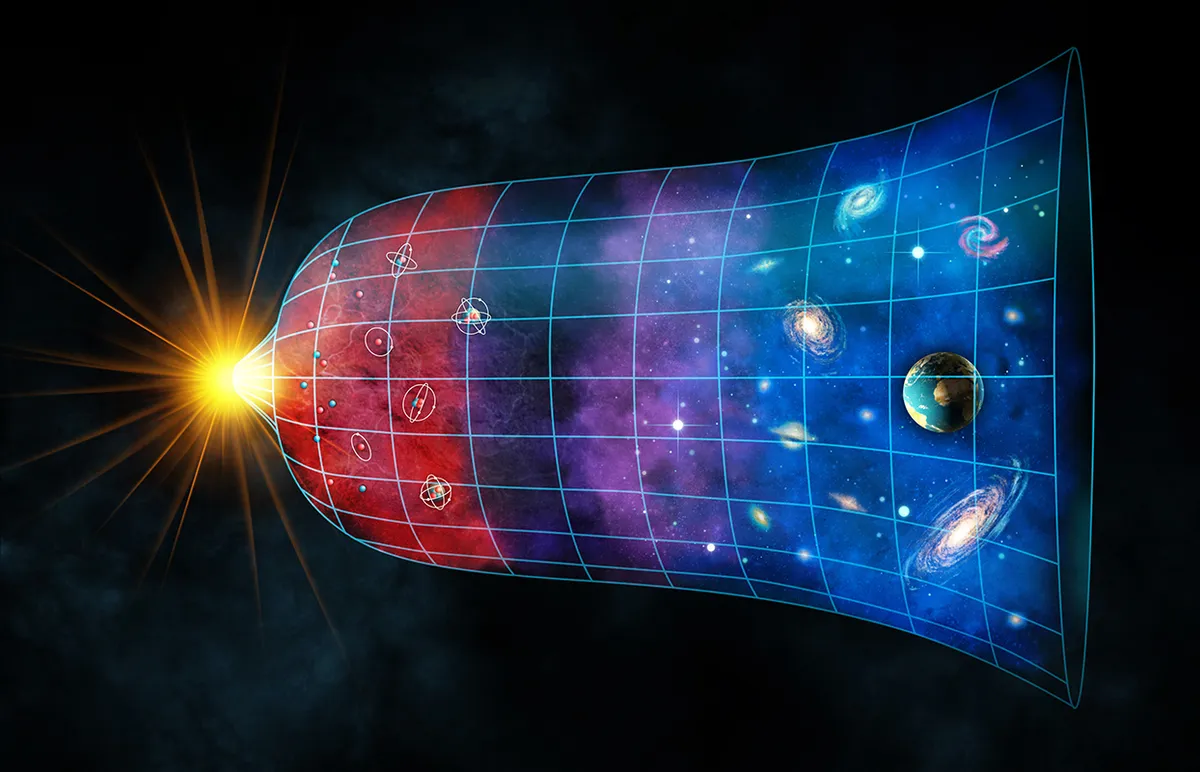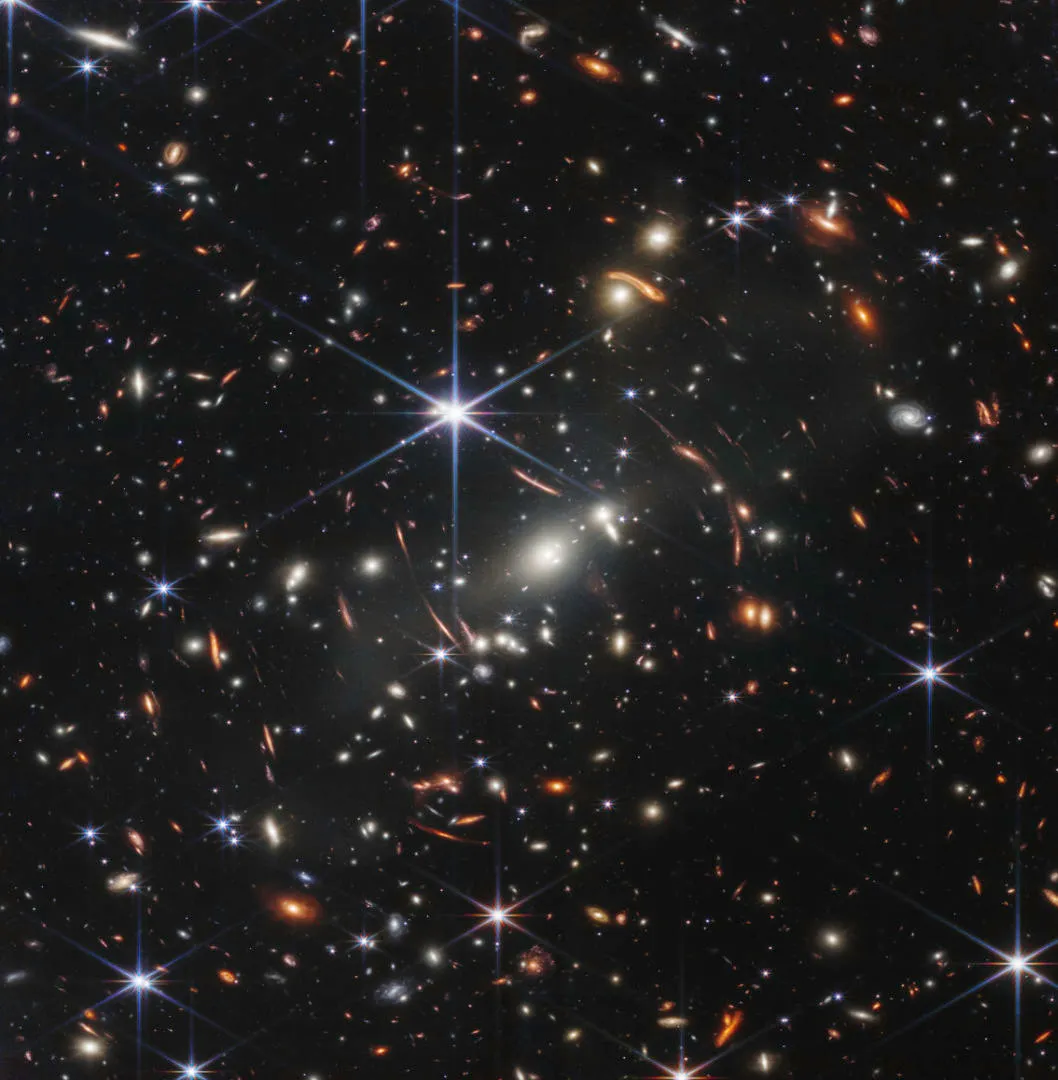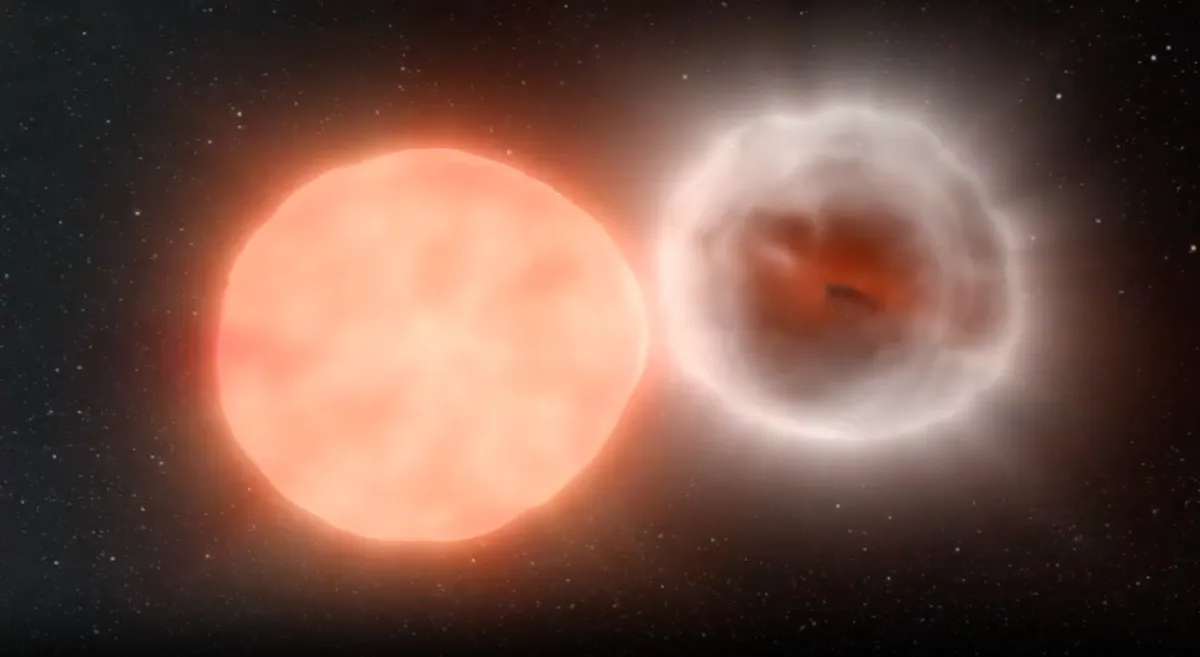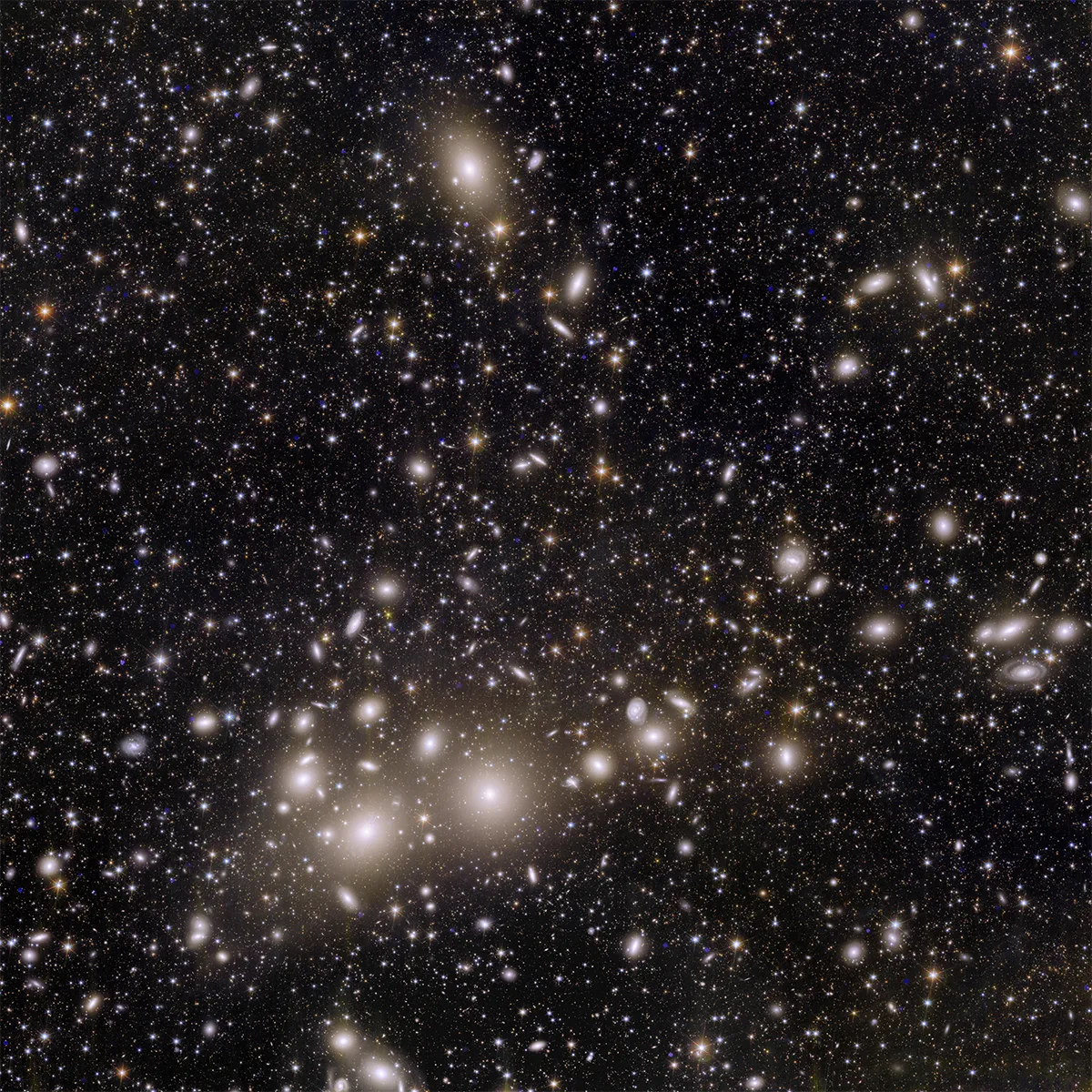Dark energy is the mysterious key to cosmology’s accepted view of an accelerating expanding Universe, but a new idea known as Timescape has removed the need for the mysterious force entirely.
Sometimes the Universe throws us a curveball.
There are times when we think we know what's happening, only for the cosmos to show us that the exact opposite appears to be true.
More on dark energy

These events force us to reconsider our assumptions, but also to look at other explanations for what we see.
This is particularly true when it comes to the expansion of the Universe.

Dark energy explained
Our best theories tell us that the Universe began at the Big Bang some 13.8 billion years ago, when the cosmos started hurtling outwards from a tiny point.
By the 1990s, this theory was well established.
As a result, astronomers expected to find that the expansion of the Universe today is gradually slowing down as the initial surge of the Big Bang has long since fizzled out.
Then came the shock. In 1998, our ideas about the Universe were turned on their heads.
Two separate teams of astronomers found that not only is the Universe's expansion not slowing down, it is in fact speeding up.
The discovery of the accelerating expansion of the Universe secured Nobel Prizes in near record time.

So what's going on? The traditional answer is the influence of a shadowy entity called dark energy.
Usually considered to be a property of space itself, it acts like a form of anti-gravity pushing galaxies apart.
In the early Universe, when everything was packed in close together, gravity dominated and largely kept dark energy in check.
Yet as the Universe expanded and galaxies moved further apart, their collective gravitational attraction waned.
Suddenly dark energy triumphed and the Universe's expansion began to accelerate away.

Challenging dark energy
But the dark energy idea isn't the only show in town.
A team of physicists and astronomers at the University of Canterbury in Christchurch, New Zealand, have put together a very different idea. One that they call the 'Timescape' model.
What's more, they claim to have new evidence that this idea has potential. If true, dark energy is a figment of our imaginations and the Universe's expansion is not accelerating.
To understand Timescape, first we have to talk about where the idea of dark energy came from in the first place.

How the dark energy idea came about
The initial Nobel prize winning discovery was made by looking at distant exploding stars known as Type Ia supernovae (pronounced Type One A).
Astronomers believe that these cosmic bombs always detonate with a near equal amount of explosive, meaning each one will share a very similar inherent brightness.
The dimmer they appear to us, the further away they must be.
The dark energy mystery was born when astronomers found supernovae dimmer than they should be, meaning they'd been carried further from us by the accelerating expansion of the Universe.
Except the timescale model paints an entirely different picture, one that argues that our measurements of both cosmic distances and time are miscalibrated
The supernovae are where they're supposed to be after all. There is no need for dark energy.

Timescape explained
Timescape hinges on the fact that we know gravity slows the passage of time.
Time runs slightly slower at your toes than your tongue because your feet are usually closer to the mass of the Earth than your head.
The more massive the object in question, the greater the discrepancy.
This notion of gravitational time dilation is a major plot point in the blockbuster Christopher Nolan film Interstellar.
Astronomers know that the Universe is lumpy, with massive superclusters chock full of galaxies separated by cavernous supervoids.

According to the Timescape theory, a clock placed in our Milky Way galaxy would run about 35% slower than one placed in a large cosmic void.
Looking out from our home in the Milky Way, it will seem like the expansion of the wider Universe is accelerating, but it isn't.
There's just been more time for it to expand out there than here.
The Timescape theory was first announced in 2017, but at the back end of 2024 the team released a new analysis of around 1,500 supernovae in the Pantheon+ supernova catalogue.
They claim this shows very strong evidence for their theory. What's more, it could help solve some other cosmic mysteries to boot.

Timescape and Hubble tension
One such mystery Timescape could solve is the so-called 'Hubble tension'. It is a discrepancy between two independent ways of measuring the Universe's expansion.
The first way is to look at the early Universe and the Cosmic Microwave Background – the leftover light from the Big Bang.
The second is by using more local objects like supernovae to measure the expansion closer to now.
Even stripping out the effect of dark energy, astronomers consistently measure a higher expansion rate today that they'd expect given what they see in the early Universe.

Recent results from the Dark Energy Spectroscopic Instrument (DESI), a telescope in Arizona, USA, also hint towards dark energy not being the constant it's traditionally considered to be.
By replacing the idea of dark energy entirely, the Timescape theory could potentially both resolve the Hubble tension and explain the DESI findings.
But, as always, extraordinary claims require extraordinary evidence to support them.
Timescape has some tentative early steps in its favour, but the team say they need to observe another 1,000 supernovae in order to have enough data to further test their theory.

Those observations should come from the European Space Agency's Euclid telescope, which is already in space, and NASA's Nancy Grace Roman Space Telescope, due for launch in 2027.
"[Our] research provides compelling evidence that may resolve some of the key questions around the quirks of our expanding cosmos," says Professor David Wiltshire, who leads the Timescape team.
"With new data, the Universe's biggest mystery could be settled by the end of the decade.”
It's a bold assertion, but if Wiltshire is right it would surely go down as one of the most significant breakthroughs in modern cosmology.
One that may even once again attract the attention of the Nobel Prize committee in Stockholm. Thankfully, we might not have to wait too long to see if it's right.

